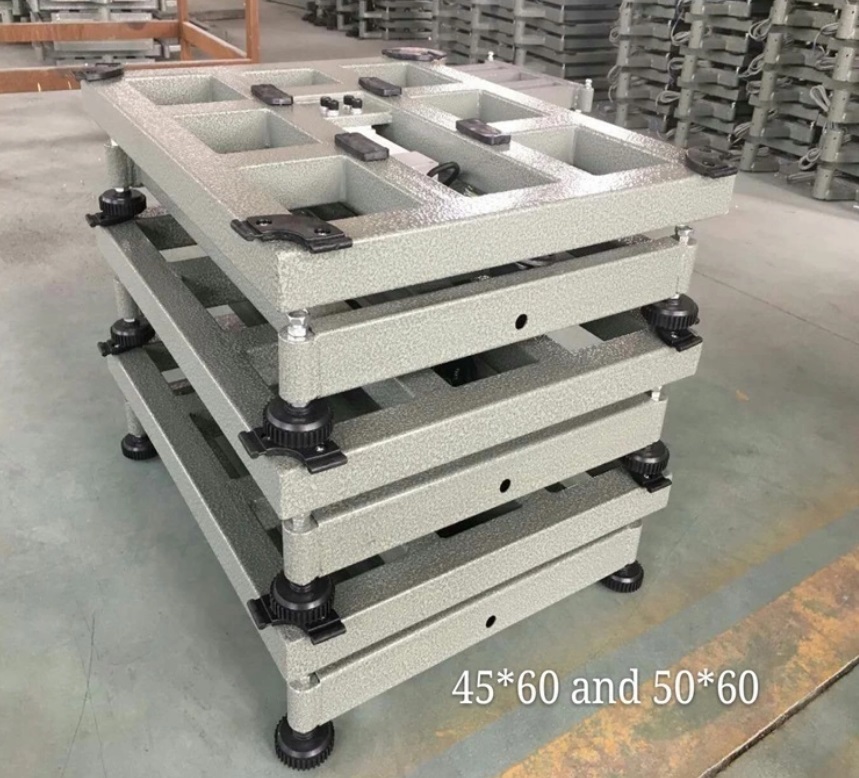
There are several maintenance methods for electronic bench scale
Keyword:electronic bench scale Time:2019-11-11 10:39:15
There are several maintenance methods for electronic bench scale
The failure of the bench scale mainly includes the failure of the form and the unqualified performance. The faults of the form mainly include aging, rust, deformation, wear and tear, broken and missing parts. The performance of the main unqualified (sensitivity unqualified), instability (repeatability unqualified), not allowed (show value difference).
1. Physical failure
(1) Aging corrosion is mainly caused by the humidity of the environment and the accumulation of time. Corrosion can directly affect the sensitivity and the error of indication. Serious corrosion can directly lead to the scrapping of the platform scale.
(2) Deformation refers to the gradual deformation of the parts in use. If cast iron is some, do not do aging processing, after passing certain time, can appear the following circumstance: some bear bearing plate both ends rise wing or bear bearing plate the phenomenon of elastic deformation that produces after bearing force. This makes the distance of bearing foot of two different degrees to become a bit far; One of the opposite corners of the scale seat is raised so that the four pins cannot be kept in the same plane. Some measuring lever both ends down slightly curved, so that the fulcrum edge and gravity two point line distance increased; Due to the weak strength of the four-angle ring and the restraining ring, they are gradually elongated, so that the knives on both sides of the lever cannot keep level. When the length of the containment ring is not consistent, make the length of the lever to one side.
(3) Wear refers to the wear of parts. All parts that can move and connect independently are more easily worn parts. Such as adding weight, balance bottom box, lead, knife and bearing, lifting ring and shafting, wheel and shaft and grinding parts.
(4) Broken parts refer to the broken parts on the scale. Such as broken mound frame, broken knife, sight, wheel, rod hanging, roof, broken ring, column, bearing plate, scale seat length lever, there are cracks in the knife bearing and measuring lever.
(5) Missing parts refer to missing parts and components. Such as the loss of the lead, lead, balance lead, knife, knife bearing, lifting ring, contain ring, bottom box button, split pin, measuring lever, scale, grinding pin, ball, hook and spring.
2. Unqualified performance
(1) Failure means that the sensitivity fails to meet the specified requirements. There are two main reasons for the failure. First, the recovery torque increases, and second, friction torque is generated. The former is caused by the increase of distance between fulcrum and key line of force due to the wear of measuring lever knife. The latter is to smooth the contact point of the grinding plate so that the distance between the contact and the rotating axis of the knife is generated.
(2) Do not mean that the scale in any scale error beyond the tolerance range. Error can be divided into two types: one is regular, the other is irregular (that is, repeatability is not qualified). The rule is that the magnitude of the absolute value of the error increases or decreases with the size of the scale.
(3) Instability (that is, the repeatability is not qualified) that is, the irregularity of error. In the same case, the error is big, small or even positive or negative. The causes of such errors are as follows: friction resistance when big and small, such as blade gap, knife bearing crack or mark; The balance weight moves freely when the screw rod or spring fails. The top and bottom of the lead were not fastened; The silver of the knife is not firm, and there is a little movement, it is changing the lever arm ratio; There is not enough flexibility for the knife bearing to be stuck in the lifting ring. The center of gravity position of the measuring lever changed imperceptibly.


- No information
-
1. Design objective of electronic crane scale network management. (1) Adopt advanced distributed data processing techno…
-
Electronic crane scale bearing platform installation to focus Electronic crane scale can be installed generally on the li…


